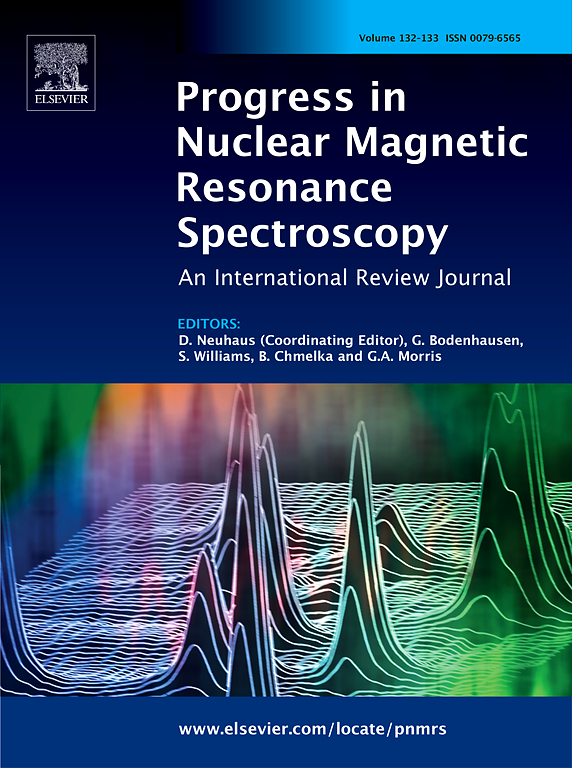Symmetry versus entropy: Long-lived states and coherences
Abstract
In recent years, new molecular symmetry-based approaches for magnetic resonance have been invented. The implications of these discoveries will be significant for molecular imaging via magnetic resonance, in vitro as well as in vivo, for quantum computing and for other fields. Since the initial observation in 2004 in Southampton that effective spin symmetry can be instilled in a molecule during magnetic resonance experiments, spin states that are resilient to relaxation mechanisms have been increasingly used. Most of these states are related to the nuclear singlet in a pair of J-coupled spins. Tailored relaxation rate constants for magnetization became available in molecules of different sizes and structures, as experimental developments broadened the scope of symmetry-adapted spin states. The ensuing access to timescales longer than the classically-attained ones by circa one order of magnitude allows the study of processes such as slow diffusion or slow exchange that were previously beyond reach. Long-lived states formed by differences between populations of singlets and triplets have overcome the limitations imposed by longitudinal relaxation times (T1) by factors up to 40. Long-lived coherences formed by superpositions of singlets and triplets have overcome the limit of classical transverse coherence (T2) by a factor 9. We present here an overview of the development and applications of long-lived states (LLS) and long-lived coherences (LLC’s) and considerations on future perspectives.


 求助内容:
求助内容: 应助结果提醒方式:
应助结果提醒方式:


